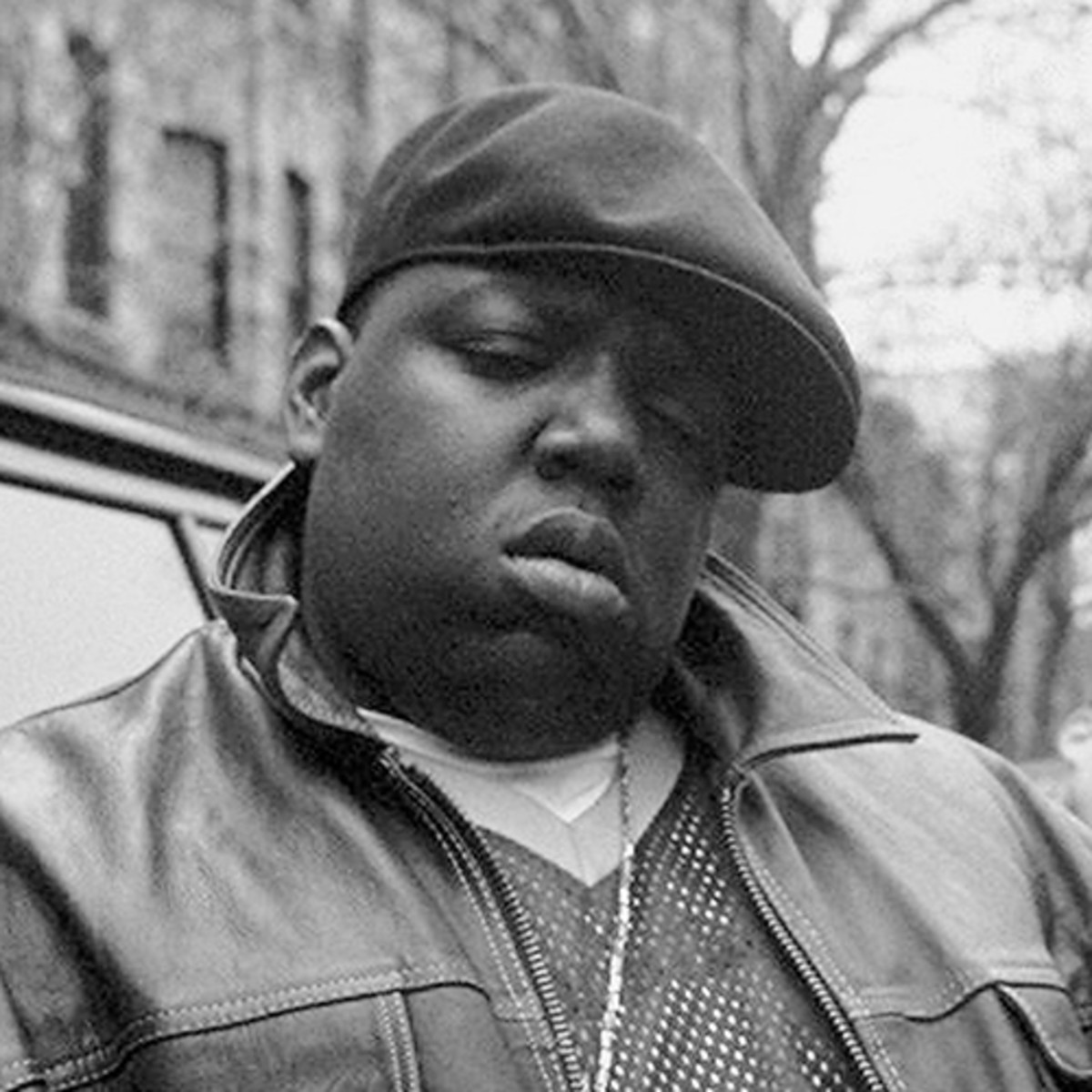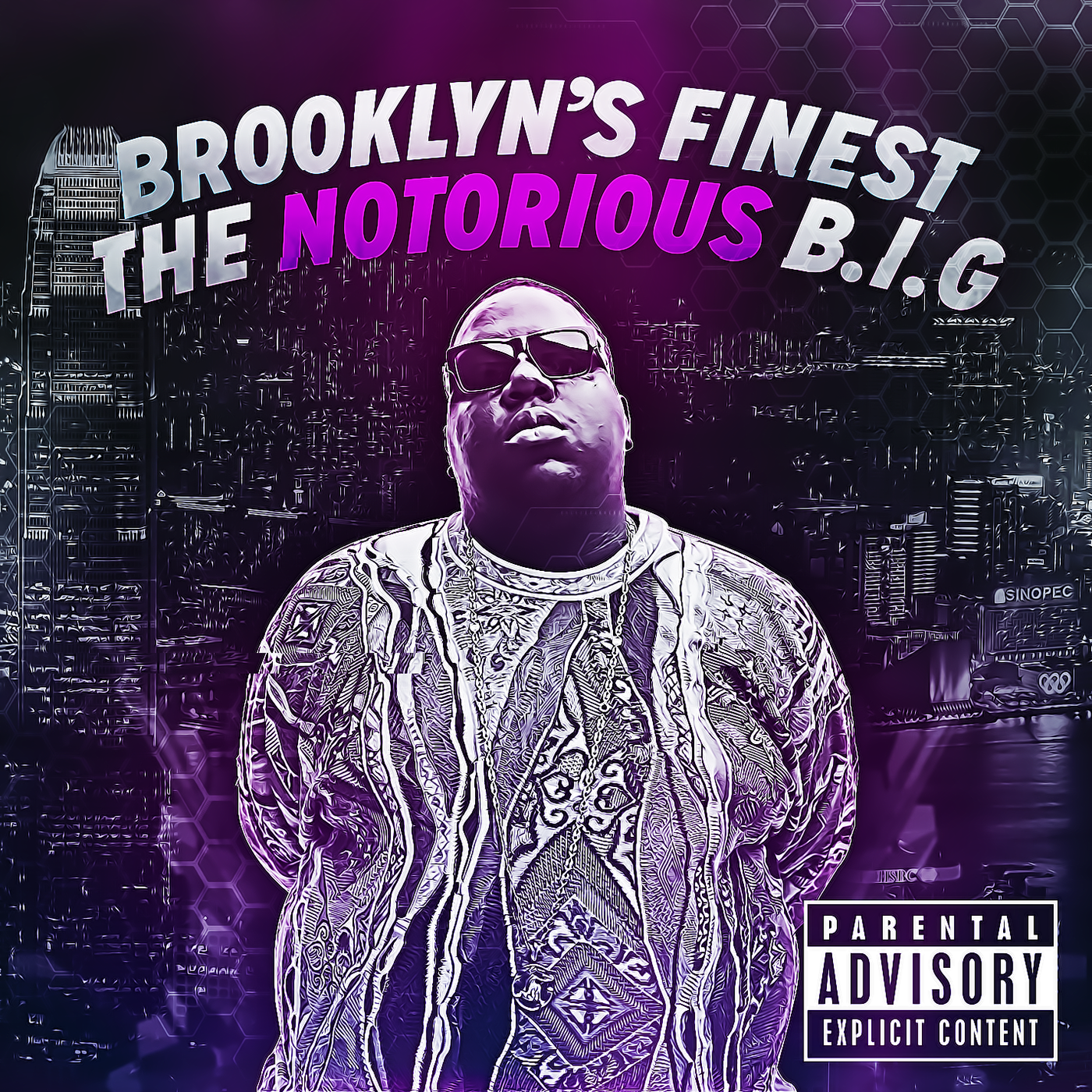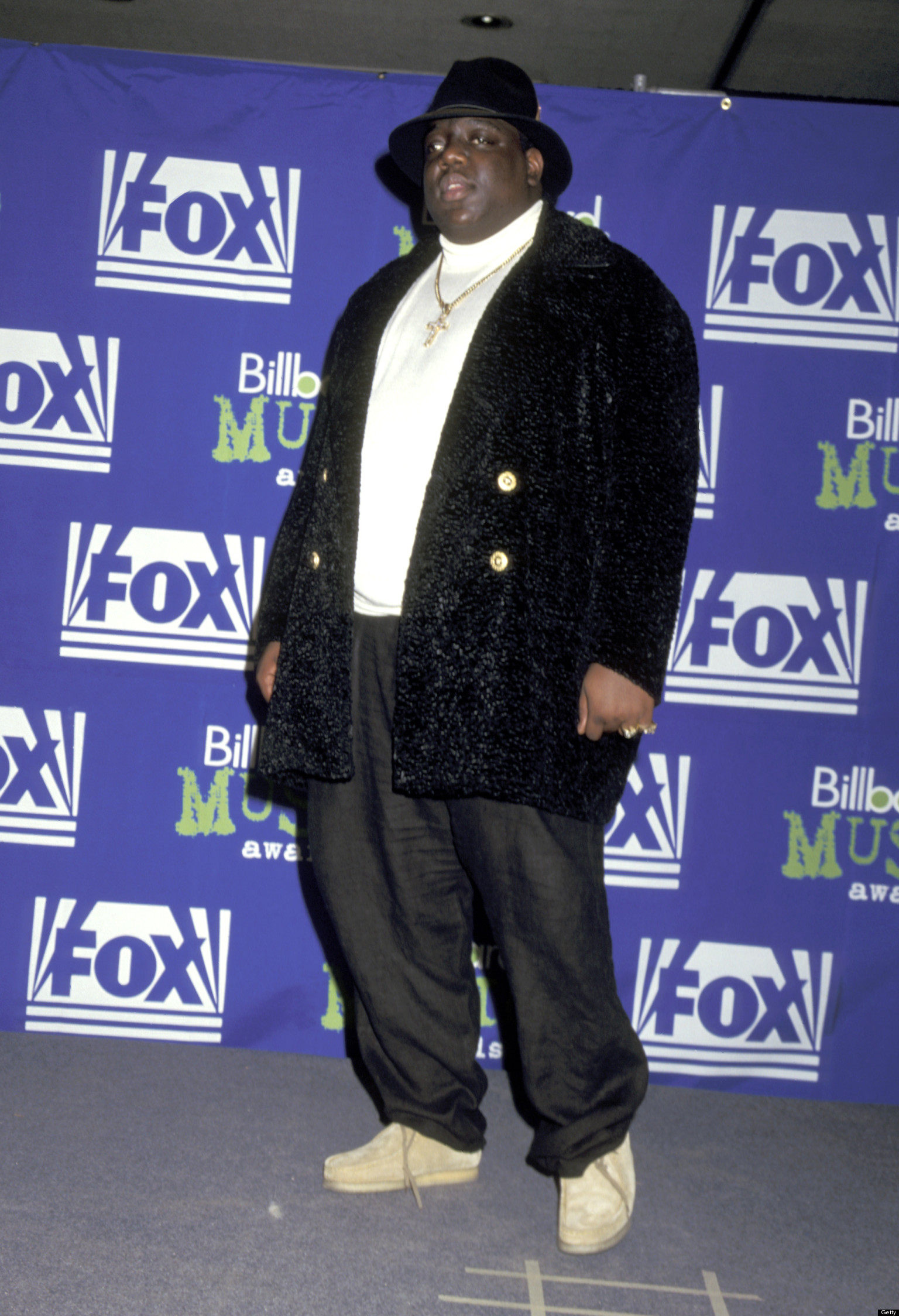Biggie Smalls Death: Unveiling The Truth Behind The Iconic Rapper's Tragic End
It’s been over two decades since the world lost one of hip-hop’s most legendary figures, Biggie Smalls, but his story still echoes in the halls of music history. His death remains a topic of fascination, debate, and speculation among fans and experts alike. If you're here, you're probably looking for answers—real answers—not just theories. This article dives deep into the facts surrounding Biggie Smalls’ death, exploring what happened that fateful night and separating truth from fiction.
When we talk about Biggie Smalls, we’re not just talking about a rapper; we’re discussing a cultural icon who redefined the sound of hip-hop. His influence transcends generations, and his untimely demise left a void in the music industry that no one has truly filled. The question remains: how did such a larger-than-life figure meet such a tragic end?
As we explore this topic, we’ll break down the events leading up to his death, analyze the aftermath, and examine the theories that have surfaced over the years. But more importantly, we’ll focus on the truth—what we know for sure—and how it impacted the world of music and beyond.
Table of Contents
- Biggie Smalls Biography
- Timeline of Biggie Smalls Death
- Theories Surrounding the Shooting
- Gang Rivalry and Its Role
- The Police Investigation
- East Coast vs. West Coast Rivalry
- Impact on the Music Industry
- Memorializing Biggie Smalls
- Conspiracy Theories
- Biggie Smalls' Legacy
Biggie Smalls Biography
Before diving into the details of his death, let’s take a moment to remember who Biggie Smalls was. Born Christopher George Latore Wallace on May 21, 1972, in Brooklyn, New York, Biggie rose from the streets of Bedford-Stuyvesant to become one of the most celebrated rappers in history. Known for his laid-back flow and vivid storytelling, Biggie’s music resonated with fans across the globe.
Data and Biodata
| Full Name | Christopher George Latore Wallace |
|---|---|
| Stage Name | Biggie Smalls, The Notorious B.I.G. |
| Date of Birth | May 21, 1972 |
| Date of Death | March 9, 1997 |
| Place of Birth | Brooklyn, New York |
| Occupation | Rapper, Songwriter |
Biggie’s life was as much about his music as it was about his struggles. From dealing with poverty and crime in his youth to achieving international fame, his journey was nothing short of remarkable. But it was his untimely death that cast a shadow over his legacy, leaving fans with unanswered questions.
Timeline of Biggie Smalls Death
On March 9, 1997, Biggie Smalls attended a party celebrating the launch of Vibe Magazine’s Hip-Hop Issue at the Petersen Automotive Museum in Los Angeles. The event was a star-studded affair, and Biggie was among the many high-profile guests. What started as a night of celebration quickly turned into a nightmare.
After leaving the party, Biggie was riding in a rented SUV with his entourage when the vehicle was ambushed by a lone gunman. The shooter fired multiple rounds into the car, fatally wounding Biggie. He was rushed to Cedars-Sinai Medical Center but succumbed to his injuries shortly after.
Key Events Leading Up to the Shooting
- Biggie attended the Vibe Magazine event in Los Angeles.
- He left the venue around 11:00 PM.
- The SUV he was traveling in was ambushed near the intersection of Wilshire Boulevard and Fairfax Avenue.
- Biggie was pronounced dead at Cedars-Sinai Medical Center.
Theories Surrounding the Shooting
Over the years, numerous theories have emerged about Biggie’s death. Some suggest it was a result of gang rivalry, while others point to a larger conspiracy involving law enforcement or even the music industry itself. Let’s break down some of the most prominent theories:
Gang Rivalry
One of the most widely accepted theories is that Biggie’s death was tied to gang rivalry. At the time, Los Angeles was a hotspot for gang activity, and tensions between different factions were high. Some believe that Biggie’s presence in the city made him a target for these groups.
Music Industry Feud
Another theory links Biggie’s death to the infamous East Coast vs. West Coast rap feud. Biggie had a well-documented rivalry with Tupac Shakur, and some speculate that this tension played a role in his assassination. While there’s no concrete evidence to support this claim, the timing of Biggie’s death—just six months after Tupac’s—raises eyebrows.
Gang Rivalry and Its Role
Gang culture in Los Angeles during the 1990s was intense, with rivalries often spilling over into violence. Biggie’s association with certain groups may have put him in harm’s way. According to some reports, the shooter was a member of the Rollin’ 30s Crips, a gang known for its violent tendencies. Whether this connection is true remains unclear, but it adds another layer to the mystery.
The Police Investigation
Following Biggie’s death, the LAPD launched a massive investigation, interviewing hundreds of witnesses and following countless leads. Despite their efforts, the case remains unsolved to this day. Critics argue that law enforcement didn’t do enough to solve the murder, pointing to missed opportunities and potential corruption within the department.
Key Figures in the Investigation
- Det. Russell Poole: One of the lead detectives on the case, Poole has since become a vocal critic of the investigation.
- Dr. Dre: The legendary producer was implicated in some conspiracy theories but has always denied any involvement.
- Suge Knight: The former CEO of Death Row Records has been linked to both Biggie’s and Tupac’s deaths, though no charges have ever been filed.
East Coast vs. West Coast Rivalry
The East Coast vs. West Coast feud was a defining feature of 1990s hip-hop, with Biggie and Tupac serving as its figureheads. The rivalry was fueled by media coverage, public feuds, and even personal attacks in their music. While the feud ended tragically for both artists, its impact on the music industry continues to be felt today.
Impact on the Music Industry
Biggie’s death sent shockwaves through the music industry, prompting many artists to reflect on the dangers of gangster rap and the culture of violence it sometimes perpetuated. In the years following his passing, there was a noticeable shift in the tone of hip-hop, with many artists choosing to focus on more positive messages.
Legacy in Music
Despite his untimely death, Biggie’s influence on hip-hop remains unmatched. His albums, particularly “Ready to Die” and “Life After Death,” are considered classics and continue to inspire new generations of artists. Songs like “Juicy” and “Hypnotize” remain staples in playlists around the world.
Memorializing Biggie Smalls
In the years since his death, Biggie has been honored in countless ways. From street art and murals to documentaries and biopics, his memory lives on in the hearts of fans worldwide. The Christopher Wallace Memorial Foundation, established by his mother Voletta Wallace, continues to support youth education and empowerment initiatives.
Conspiracy Theories
As with any unsolved murder, Biggie’s death has sparked its fair share of conspiracy theories. Some suggest that the FBI or CIA were involved, while others point to internal conflicts within the music industry. While these theories make for intriguing discussions, they lack substantial evidence.
Biggie Smalls' Legacy
Twenty-five years after his death, Biggie Smalls remains a towering figure in the world of hip-hop. His music continues to resonate with fans, and his legacy as a storyteller and cultural icon endures. While the circumstances surrounding his death may never be fully understood, his impact on the world of music is undeniable.
Final Thoughts
Biggie Smalls’ death was a tragic loss for the music industry and the world at large. As we continue to explore the events surrounding that fateful night, it’s important to remember the man behind the myth—the artist who changed the game forever. So, whether you’re a longtime fan or just discovering his music, take a moment to appreciate the genius of Biggie Smalls.
What do you think about Biggie’s death? Do you have any theories or insights to share? Drop a comment below and let’s keep the conversation going. And don’t forget to share this article with your friends who love hip-hop history!

Biggie Smalls Death Photo egyptfasr

Life after death biggie smalls album cover snong

Biggie Smalls Death Photo